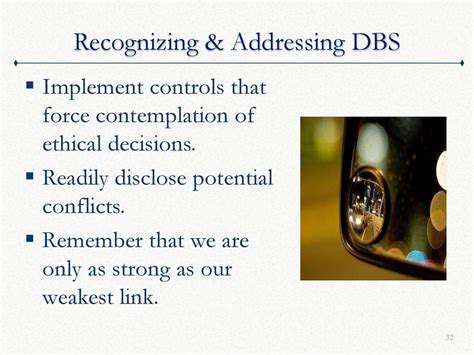How to Start a Podcast for Your Business

Choosing the Right Equipment and Software for Your Podcast
Choosing the Right Microphone
Selecting a suitable microphone is crucial for the quality of your podcast. A poor microphone can lead to muffled audio, distracting background noise, and ultimately, a less engaging listening experience for your audience. Consider factors like your budget, the recording environment, and the desired sound characteristics. A dynamic microphone, for example, is often a good choice for capturing clear audio in a variety of settings, while a condenser microphone can offer a richer, more detailed sound but might be more sensitive to background noises. Experiment with different microphones to find the one that best suits your needs and recording style. Don't be afraid to invest in quality equipment, as it will pay dividends in the long run, contributing significantly to your podcast's professional sound.
High-quality microphones, though more expensive, often offer superior clarity and reduce the need for extensive post-production audio editing. This translates to a more polished and professional final product, which is essential for establishing credibility and attracting a loyal audience. Research different microphone types and read reviews to gain a better understanding of their strengths and weaknesses. Considering your budget and recording space, choose a microphone that best balances quality and practicality.
Selecting a Recording Interface
A recording interface, often referred to as an audio interface, acts as a crucial link between your microphone and your computer. It can significantly improve sound quality by reducing background noise and providing more control over your audio levels. A good interface often includes preamps that boost the signal from your microphone, making it more robust and easier to work with in your recording software. Without a good interface, you might find that your audio quality suffers, especially in noisy environments, or that you need to spend more time during post-production editing. Investing in a quality audio interface is a worthwhile step towards achieving a professional sound for your podcast.
Choosing Your Recording Software
Selecting the right recording software is paramount to a smooth recording process. Software like Audacity, GarageBand, or specialized podcasting software offers various features, such as audio editing, mixing, and mastering capabilities. Consider the features you need, your technical expertise, and your budget when making your choice. Ease of use and compatibility with your chosen hardware are also important factors. Some software provides advanced tools for noise reduction, equalization, and sound effects, enabling you to fine-tune your recordings and enhance the overall listening experience. Learning the basics of your chosen software will significantly improve your workflow and the quality of your podcast.
Setting Up Your Recording Space
A dedicated recording space, even if it's a small area in your home, significantly impacts your audio quality. Minimize background noise sources, such as traffic, pets, or other household activities. Consider soundproofing your space with blankets, curtains, or acoustic panels to absorb unwanted echoes and reverberations. A quiet environment is crucial for clear audio recordings and reduces the need for extensive editing during post-production, saving you time and effort. Invest in a quiet workspace that's conducive to clear audio capture, free from distractions, and conducive to focused recording sessions.
Podcast Hosting and Distribution Platforms
Choosing the right podcast hosting and distribution platform is crucial for reaching your target audience. Platforms like Buzzsprout, Libsyn, and others offer various features, including hosting your podcast files, managing your RSS feed, and providing analytics to track downloads and listener engagement. Consider factors like pricing, features, and ease of use when making your selection. Choosing a suitable platform ensures your podcast is easily accessible to listeners, enabling them to subscribe and enjoy your content. Carefully evaluate the features offered by different platforms and select one that aligns with your needs and budget.
Understanding Podcast Editing and Post-Production
Post-production is an essential part of podcast creation, going beyond basic recording. It involves tasks like audio editing, adding sound effects, music, or other enhancements to improve the overall quality and engagement. Understanding basic audio editing techniques, such as noise reduction, equalization, and compression, will enhance the clarity and professional feel of your podcast. Post-production allows you to fine-tune your recordings, remove any imperfections, and create a polished listening experience for your audience. Regularly reviewing and editing your podcast episodes ensures a consistent and high-quality listening experience for your listeners.
Promoting Your Podcast to Reach Your Target Audience
Identifying Your Ideal Listener
Understanding your target audience is crucial for effectively promoting your podcast. Consider demographics like age, location, interests, and professional background. Are you aiming for a niche audience, such as avid gamers, or a broader audience interested in personal development? Thorough market research will help you tailor your podcast's content and marketing strategies to resonate with your ideal listener, increasing engagement and attracting new subscribers.
Beyond basic demographics, delve into listener psychographics. What are their values, beliefs, and motivations? What problems are they trying to solve? Understanding their motivations will allow you to craft compelling content that directly addresses their needs and desires, building a stronger connection and fostering loyalty. This detailed understanding will shape your podcast's tone, style, and overall messaging.
Crafting a Compelling Podcast Promotion Strategy
Once you've defined your target audience, develop a multi-faceted promotion strategy. This involves leveraging various platforms and channels. Social media marketing plays a vital role in reaching potential listeners. Consider creating engaging posts showcasing your podcast's unique value proposition, including snippets of episodes, behind-the-scenes content, or interviews with guests. Consistent posting and interaction with your audience on relevant platforms are key to building anticipation and driving traffic to your podcast.
Utilizing podcast directories like Apple Podcasts and Spotify is essential. Optimize your podcast's description, including keywords that accurately reflect your content. Compelling descriptions that highlight the key benefits of listening to your podcast will encourage potential listeners to subscribe. Additionally, consider guest appearances on other podcasts or collaborations with relevant influencers to expand your reach and introduce your podcast to a wider audience.
Don't underestimate the power of email marketing. Building an email list allows you to directly communicate with your audience and keep them updated about new episodes and exclusive content. Regular email newsletters, coupled with targeted promotions, can significantly boost your podcast's visibility and engagement. This direct communication creates a loyal listener base and fosters a sense of community around your podcast.
Public relations and outreach to relevant media outlets can also generate significant interest in your podcast. Pitching your podcast to journalists or bloggers who cover topics related to your content can expose your podcast to a new audience. Crafting compelling press releases and maintaining a professional online presence are vital aspects of this strategy.
Finally, consider paid advertising options. Targeted ads on social media platforms or podcast directories can efficiently reach your desired audience. Tracking and analyzing the performance of different promotional strategies is critical for optimizing your efforts and maximizing your return on investment.
Maintaining Consistency and Engaging with Your Listeners
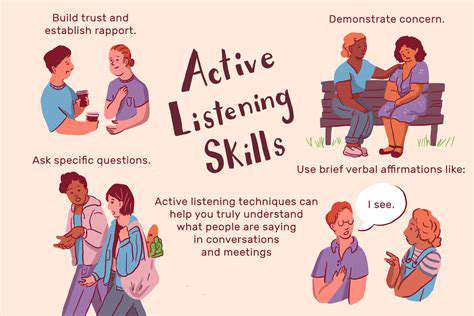
Defining Consistency in a Digital Context
Digital consistency encompasses more than just a cohesive brand identity; it's about creating a seamless and predictable user experience across all digital touchpoints. This includes everything from website design and messaging to social media presence and mobile app functionality. Maintaining a consistent brand voice and visual style is crucial for building brand recognition and trust. A user should instantly recognize your brand, regardless of the platform they're interacting with.
Consistency also extends to information architecture and navigation. A user should be able to easily find what they need, regardless of whether they're on your homepage, product page, or blog. Clear and intuitive navigation is key to a positive user experience and ultimately, conversions.
The Importance of Engaging Content
Engaging content is the lifeblood of a successful digital strategy. It's not just about filling space; it's about creating content that resonates with your audience, sparks conversation, and encourages interaction. This means crafting compelling stories, offering valuable insights, and providing a platform for your audience to connect with your brand on a deeper level.
Content should be tailored to the specific needs and interests of your target audience. Understanding your audience and their motivations is paramount for creating content that truly engages them.
Crafting a Compelling Brand Story
A strong brand story is more than just a collection of facts and figures. It's a narrative that resonates with your target audience, evokes emotion, and ultimately connects them to your brand. This narrative should be consistent across all your digital platforms, reinforcing your brand identity and values.
Incorporating compelling visuals, such as high-quality images and videos, can significantly enhance the impact of your brand story. This allows for a more immersive and memorable experience for your audience.
Utilizing Data to Refine Strategies
Data analysis plays a critical role in understanding user behavior and refining your digital strategies for maximum effectiveness. Tracking key metrics, such as website traffic, engagement rates, and conversion rates, provides valuable insights into what's working and what needs improvement.
By continuously monitoring and analyzing data, you can identify trends, adapt your strategies, and optimize your content for better results. This data-driven approach ensures that your digital efforts are aligned with your overall business objectives.
Implementing a Strategic Content Calendar
A well-structured content calendar is essential for maintaining a consistent flow of engaging content. It helps you plan and schedule your posts, ensuring a regular presence across all your digital platforms. This strategic approach ensures consistent communication with your audience and provides a roadmap for your content creation efforts.
A content calendar also helps you stay organized and on track. It allows you to plan content in advance, allocate resources effectively, and maintain a steady stream of engaging content. This proactive approach is essential for maintaining a strong online presence.
Adapting to Changing Trends
The digital landscape is constantly evolving, with new trends and technologies emerging regularly. Staying abreast of these changes is crucial for maintaining a relevant and engaging online presence. This involves keeping up with the latest social media trends, exploring emerging technologies, and adapting your strategies accordingly.
Continuously evaluating and adapting your strategies is vital for long-term success. Adaptability allows you to meet the evolving needs of your audience and stay ahead of the curve in the ever-changing digital world.
Read more about How to Start a Podcast for Your Business
Hot Recommendations
- How to Stay Productive While Working Remotely
- Tips for Managing Conflict with Coworkers
- Entrance & Certification Exams (升学考试)
- How to Improve Your Storytelling Skills (Speaking)
- How to Find Profitable Side Hustles
- Tips for Preparing for the TOEFL iBT Home Edition
- Guide to Switching Careers from [Industry A] to [Industry B]
- How to Run an Effective Hybrid Meeting
- Tips for Marketing Your Side Hustle on Instagram




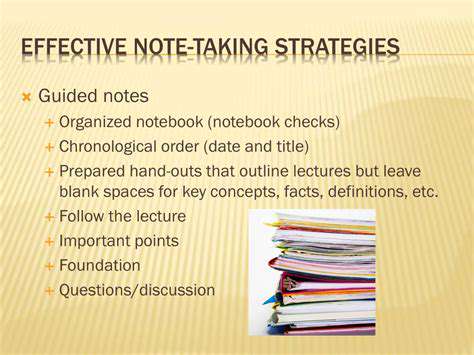

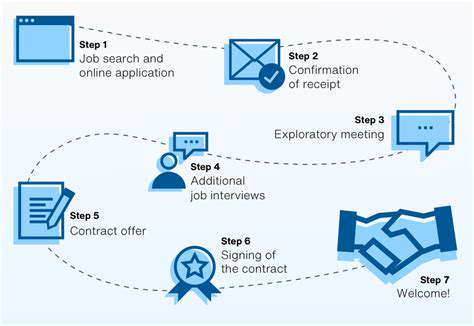

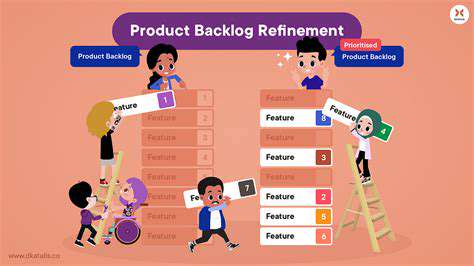
![Best Side Hustles for People with [Specific Skill, e.g., Writing]](/static/images/32/2025-07/CreatingandSellingEbooksandOnlineCourses.jpg)

